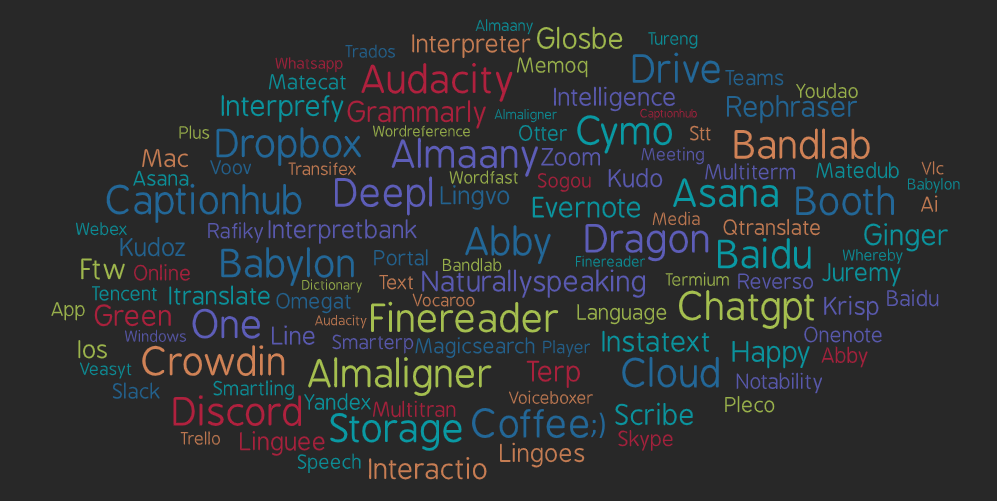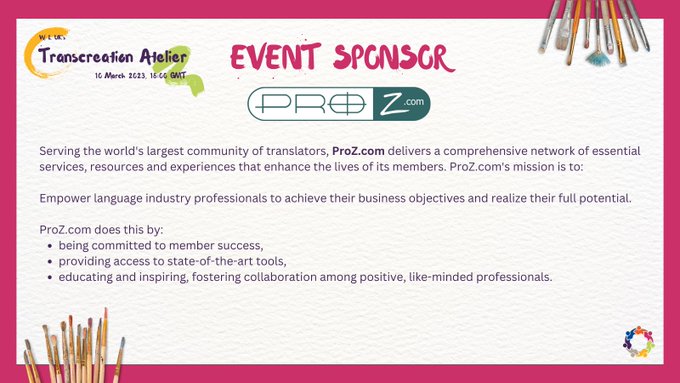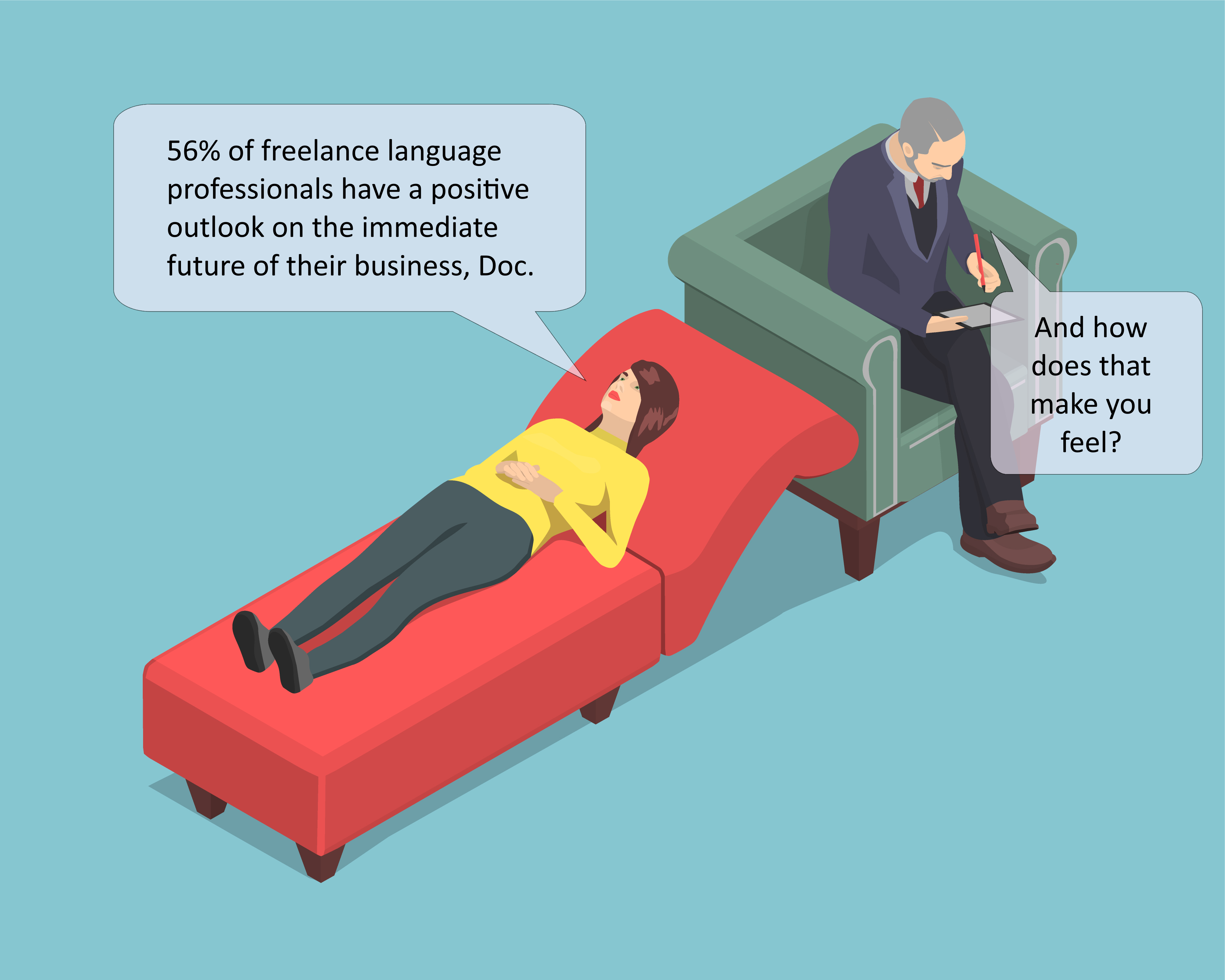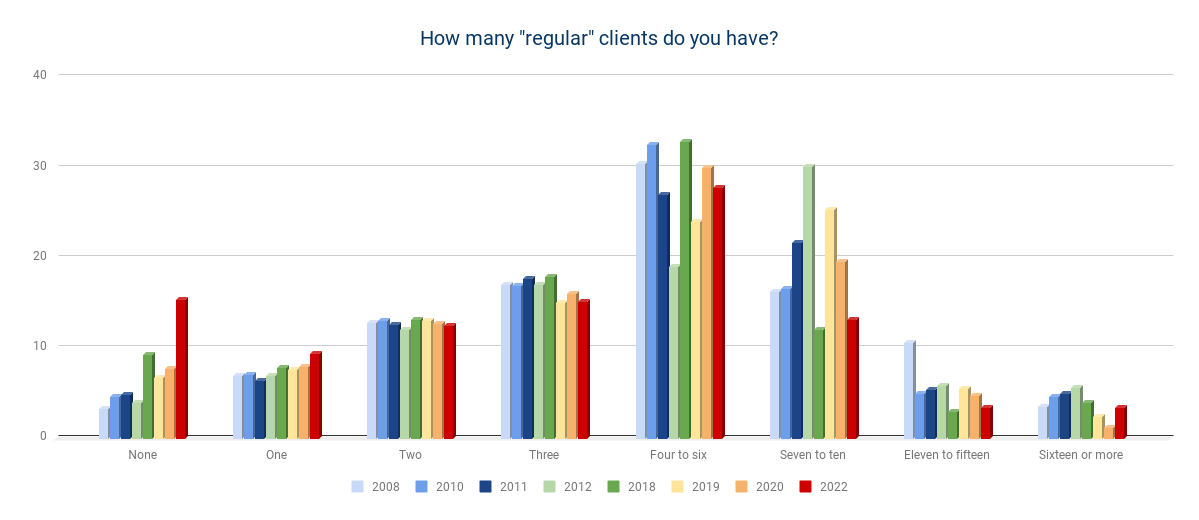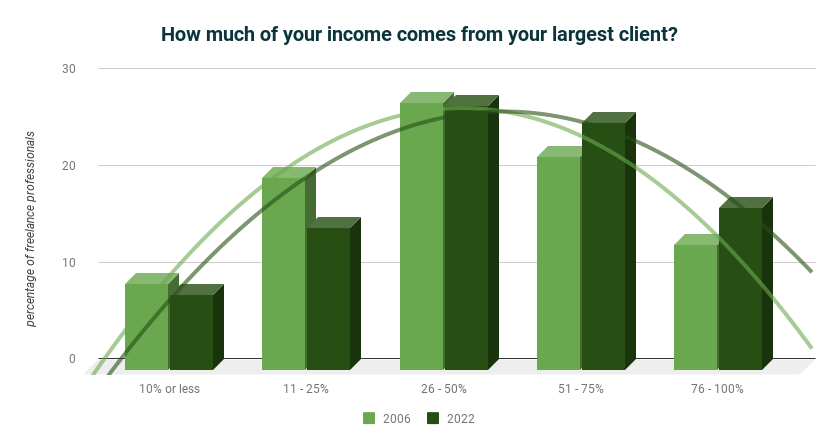Jared Tabor
Recent Posts
Remote interpreters in 2023: part two
Remote interpreters in 2023: part one
If you read last year’s ProZ.com industry report for freelancers-- or maybe you heard the audio version narrated by Paul Urwin on the ProZ.com podcast-- you may remember that we looked at two main trends that were affecting interpreters...
Read MoreSurvey on rates, earnings, income among language professionals
I am currently running a survey aimed at getting some insight on issues surrounding earnings, income, rates and other financial considerations among language professionals. The survey consists of 25 questions, and takes about eight minutes to complete. Would you be willing to add your input?
Complete the survey at https://www.surveymonkey.com/r/LVBW3X5
Read More
Examples of Localization: Going Global by Thinking Local
Circle Translations is one of the leading localization agencies in Baltic states offering a diverse set of services: Translation, Localization, Subtitling, Subtitle translation, Closed Captioning, Transcription, Data Collection, Annotations, Speech recognition.
Circle Translations are ProZ.com Enterprise Business Members. Today they will be sharing some short case studies dealing with localization.
Read MoreNew industry report on CAT tools now available
A follow up to the report on CAT tools from 2013 has been published. A lot has changed in ten years. And other things have not.
Dear members,
It is now possible to report and track all of your continuing professional development (CPD) activity through your ProZ.com account. You can keep it as a register just for yourself, or display it as another way to differentiate yourself to potential clients and collaborators. Paying ProZ.com members also have the ability to add certificates of completion where relevant, and request verification of CPD items from ProZ.com staff.
156 hours of continuing professional development for language professionals, free with the ProZ.com Plus subscription
Dear members,
Last year, 26 hours of interpreter training were added to the basket of goods, services, tools and other resources available with ProZ.com Plus membership.
New courses have been added to this part of the package, representing 130 more hours of training that you can take for free if you have a Plus subscription.
Get 30% off memoQ translator pro until May 24th
|
In the market for a new CAT Tool? You can't go wrong with memoQ! Designed by translators for translators, memoQ will help increase productivity and quality for all those who perform, edit and review translations. From now until May 24th, you can get memoQ translator pro at 30% off, and access to a free live masterclass as well. |
What are the "must have" tools of the modern interpreter?
Earlier this year, over a thousand interpreters participated in surveys designed to look at trends, challenges, and opportunities in the current landscape of interpreting. If you are interested in some of the results, along with advice and strategies from experts in the field, be sure you are tuning in to the free online event ProZ.com is hosting for remote interpreters, happening this Tuesday, March 28th.
One question interpreters were asked was:
"What hardware or software would you consider as part of your list of 'must haves' for the modern interpreter?"
A lot of recommendations were made, and so I thought it might be fun to share a compiled list of those recommendations, and maybe also build off it, to create a more or less comprehensive list of tools that anyone can go through to get ideas which might help improve how they work.
Read MoreTranscreation Atelier: free online (Zoom) event organized by Women in Localization UK, March 10th
If you're like me, you might have to occasionally Google "transcreation" when you see the word pop up, just to make sure (again) that you are clear on what is being talked about.
I think I get the idea now. I think.
Read More


.png)
.png)







.gif)
